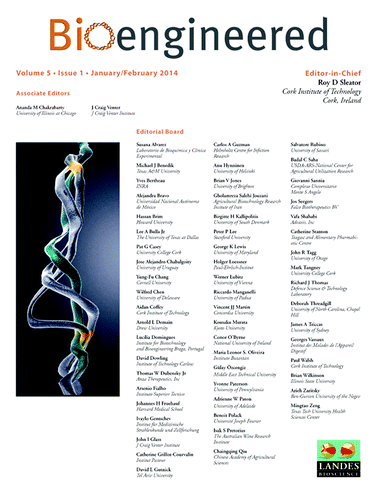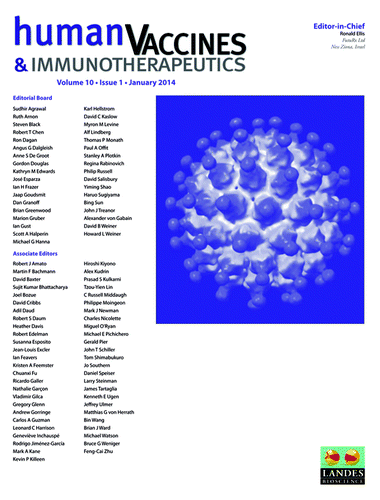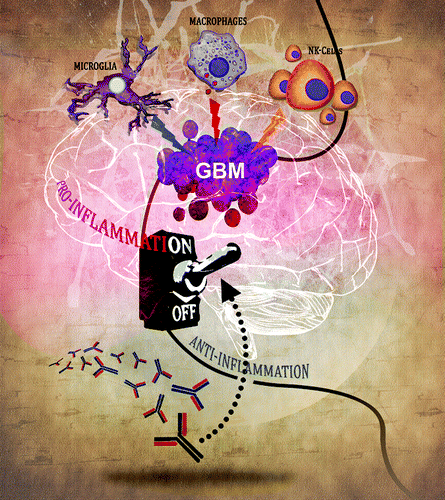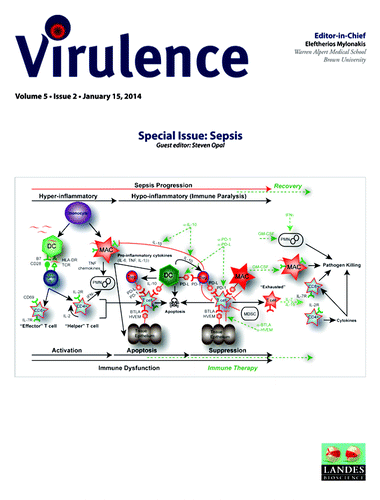Genetic transformation of the probiotic yeast Saccharomyces boulardii
Saccharomyces boulardii is a probiotic yeast related to Saccharomyces cerevisiae but with distinct genetic, taxonomic and metabolic properties. S. cerevisiae has been used extensively in biotechnological applications. A variety of strains are available, and multiple genetic tools have been developed, allowing the expression of exogenous proteins of interest with applications in the fields of medicine, biofuels, the food industry and scientific research, among others. S. boulardii has been widely studied due to its probiotic properties against several gastrointestinal tract disorders, but very few studies have addressed the use of this yeast as a vector for expression of foreign genes of interest with biotechnological applications. In a recent study, Dr Bruno Douradinha and and colleagues showed that despite the similarity of the two yeasts, not all genetic tools used in S. cerevisiae can be applied in S. boulardii. While transformation of the latter could be obtained using a commercial kit developed for the former, consequent screening of successful transformants had to be optimized. The authors showed that several genes frequently used in genetic manipulation of S. cerevisiae, such as promoters or resistance markers, are present in S. boulardii. Sequencing revealed a high rate of homology (> 96%) between the orthologs of the two yeasts. However, they also observed some of them are not eligible to be targeted for transformation of S. boulardii. This study together with other related results paves the way to the efficient use of the probiotic yeast S. boulardii as an expression vector of proteins of biotechnological interest, namely proteins with therapeutic application in maladies of the gastrointestinal tract ().
Safety and reactogenicity of the rotavirus vaccine Rotarix in infants
Rotavirus (RV) is a leading cause of severe acute diarrhea in infants and young children worldwide. RV gastroenteritis (RVGE) accounts for approximately 2.4 million hospitalizations and more than half a million deaths annually among children under the age of five years. While the burden of RV disease varies widely, it is significant in both developing and developed countries. The availability of safe and effective vaccines against RV offers the potential to reduce the global burden of RVGE. A recent paper by Dr Hubert Buyse and colleagues presents the results of an integrated clinical analysis of safety and reactogenicity data from 28 randomized, placebo-controlled Phase II and III trials of the oral live-attenuated human rotavirus vaccine, Rotarix™ (GlaxoSmithKline Vaccines), involving over 100,000 infants worldwide. Healthy infants aged 6–20 wk received 2 or 3 doses of vaccine (n = 56562) or placebo (n = 45512) at 4 to 8 wk intervals. Solicited adverse events (AEs) were recorded for 8 d after each dose of vaccine or placebo. Unsolicited AEs, serious AEs (SAEs), and deaths were evaluated over 31 d post-vaccination follow-up periods. The authors found that the incidence of each solicited AE of any or Grade 3 severity was similar between groups. The same was true for unsolicited AEs of any or Grade 3 severity. A significantly higher proportion of SAEs were reported in the placebo group compared with the vaccine group. The incidence of death was low and similar between the two groups. Very few cases of intussusception were reported (11 and 7 in the vaccine and placebo groups, respectively). In conclusion, results of this analysis of 28 clinical trials show that the human rotavirus vaccine Rotarix has a reactogenicity and safety profile similar to placebo ().
The gut microbiota influences the response to cancer therapies
Imbalances in the gut microbiota (dysbiosis) has been associated with a growing list of chronic disorders, but it is unclear whether the microbiota has a causative role in these diseases or whether dysbiosis is one of its by-products. Some epidemiological studies have suggested a positive association between antibiotics use and the risk of developing breast cancer, and more importantly, the intestinal microbiota has been suggested to play a role in the development and severity of mucositis/mucosal barrier injury as induced by many chemotherapeutic agents. These premises prompted a team of researchers around Dr Laurence Zitvogel to probe the role of the gut microbiota in the immunogenicity of cell death during chemotherapy. In a recent commentary, they describe their findings about cyclophosphamide, one of the most efficient tumoricidal, antiangiogenic, and immunostimulatory drugs employed to date. Cyclophosphamide was shown to mediate part of its effects through intestinal bacteria, against which the host becomes immunized during treatment. This recent work suggests that anti-commensal effector pTH17 and memory TH1 CD4+ T-cell responses are indispensable for optimal anticancer effects as mediated by cyclophosphamide. Moreover, these findings may have important implications for the management of cancer patients, supporting skepticism about the use of antibiotics in the course of chemotherapy (exception made for febrile neutropenia) and encouraging the search for appropriate probiotics that boost the immunostimulatory effects of the intestinal microbiota ().
TTSS2-deficient hha mutant of Salmonella Typhimurium exhibits attenuation in immunocompromised hosts
Non-typhoidal Salmonella (NTS) infections are an important cause of infectious diarrhea world-wide. Gastroenteritis caused by NTS is usually mild and self-limiting, except in subjects with immune deficiency. Salmonella enterica serovar Typhimurium is one of the causative agents of NTS infections and has been extensively studied. The inactivation of Salmonella pathogenicity island 2 (SPI2) encoded type-III secretion system 2 (TTSS2) has been reported rendering the strain incapable for systemic dissemination to host sites and has also been proposed as live-attenuated vaccine. However, infections from TTSS2-deficient Salmonella have also been reported. In a recent study, Dr Mrutyunjay Suar and colleagues investigated the impact of a hha (hemolysin expression modulating protein) mutation in TTSS2-deficient S. Typhimurium with respect to systemic colonization and reactivity to immunocompromised hosts. The constructed mutant strain MT15 showed a significant level of attenuation in a immune-deprived murine colitis model. Further, the mutation in hha did not implicate any defect in bacterial colonization of the host gut. To test the potential of MT15 as candidate vaccine, mice were immunized with this strain. Immunization enhanced the CD4+ and CD8+ cell types involved in bacterial clearance. Serum IgG and luminal secretory IgA was also found to be elevated. Additionally, immunized mice were protected from the subsequent lethal challenge with Salmonella Typhimurium. Collectively, these findings implicate the involvement of the protein Hha in establishing bacterial infection, and that the SPI-2 deficient hha mutant may have potential as an alternative live-attenuated vaccine strain for use against lethal Salmonella infections ().
References
- Douradinha B, Reis V, Rogers M, Torres F, Evans J, Marques E Jr.. Novel insights in genetic transformation of the probiotic yeast Saccharomyces boulardii. Bioengineered 2013; 5:1 - 2; PMID: 24013355
References
- Buyse H, Vinals C, Karkada N, Htay Han H. The human rotavirus vaccine Rotarix™ in infants: An integrated analysis of safety and reactogenicity. Hum Vaccin Immunother 2013; 10:1 - 3; PMID: 24047799
References
- Viaud S, Daillère R, Yamazaki T, Lepage P, Boneca I, Goldszmid R, Trinchieri G, Zitvogel L. Why should we need the gut microbiota to respond to cancer therapies?. OncoImmunology 2014; 3:e27574
References
- Vishwakarma V, Pati NB, Ray S, Das S, Suar M. TTSS2-deficient hha mutant of Salmonella Typhimurium exhibits significant systemic attenuation in immunocompromised hosts. Virulence 2014; 5:1 - 3; http://dx.doi.org/10.4161/viru.27605; PMID: 24401482




